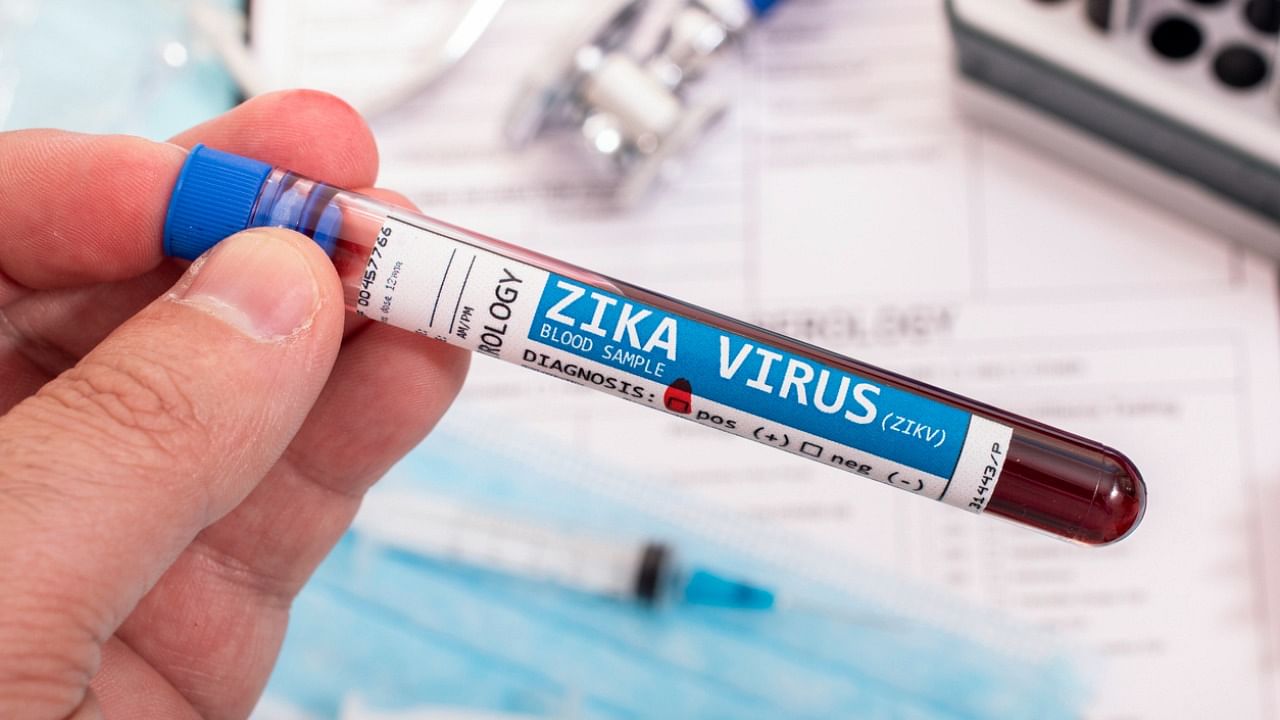
In view of Zika Virus Disease (ZVD) being reported in the neighbouring state of Kerala, Health Commissioner Dr KV Trilok Chandra in a circular issued on Friday asked districts to intensify vector control measures across Karnataka on a war footing. Border districts like Dakshina Kannada, Udupi, and Chamarajanagar should be more vigilant, he said.
"The current monsoon season supports the widespread proliferation of Aedes mosquito, which is a vector; for Zika Virus Disease.
Considering the prevalence of Aedes aegypti in Karnataka, which is a vector of Dengue, Chikungunya as well as Zika, the routine surveillance activity in rural areas by ASHAs and health assistants, and fortnightly surveillance activity in urban wards should be implemented on a war-footing with strict monitoring and supervision," said Chandra in his circular.
Effective disposal of solid waste should be given due importance to prevent Aedes breeding in domestic situations, he said. "Aedes larval surveillance and source reduction activities in airports, sea ports/ harbour and in villages/ wards in two km vicinity should be carried out," he added.
ZVD presents with symptoms like fever, rashes, conjunctivitis, and joint pain. "Travel history or visit of guests may also be considered for suspecting ZVD. The samples collected from suspected cases should be sent to National Institute of Virology (NIV), Bengaluru for testing," Chandra said.
During ultrasound scanning for pregnant women, due focus should be given for presence of Microcephaly. Data regarding deliveries at both private and government hospitals should be captured weekly. This includes deliveries at general hospitals, community health centres, primary health centres and home deliveries.
Details of the babies born with Microcephaly have to be reported. Serum samples of both the mother and the newborn should be sent to NIV Bengaluru. "Ensure availability of logistics such as adulticide and larvicide at all levels, up to village level," Chandra said.
Suggested measures:
— Vector surveillance both for adult and larvae
— Vector management through environmental modification/ manipulation
— Adopt personal protection measures
— Biological and chemical control at household, community and institutional level
